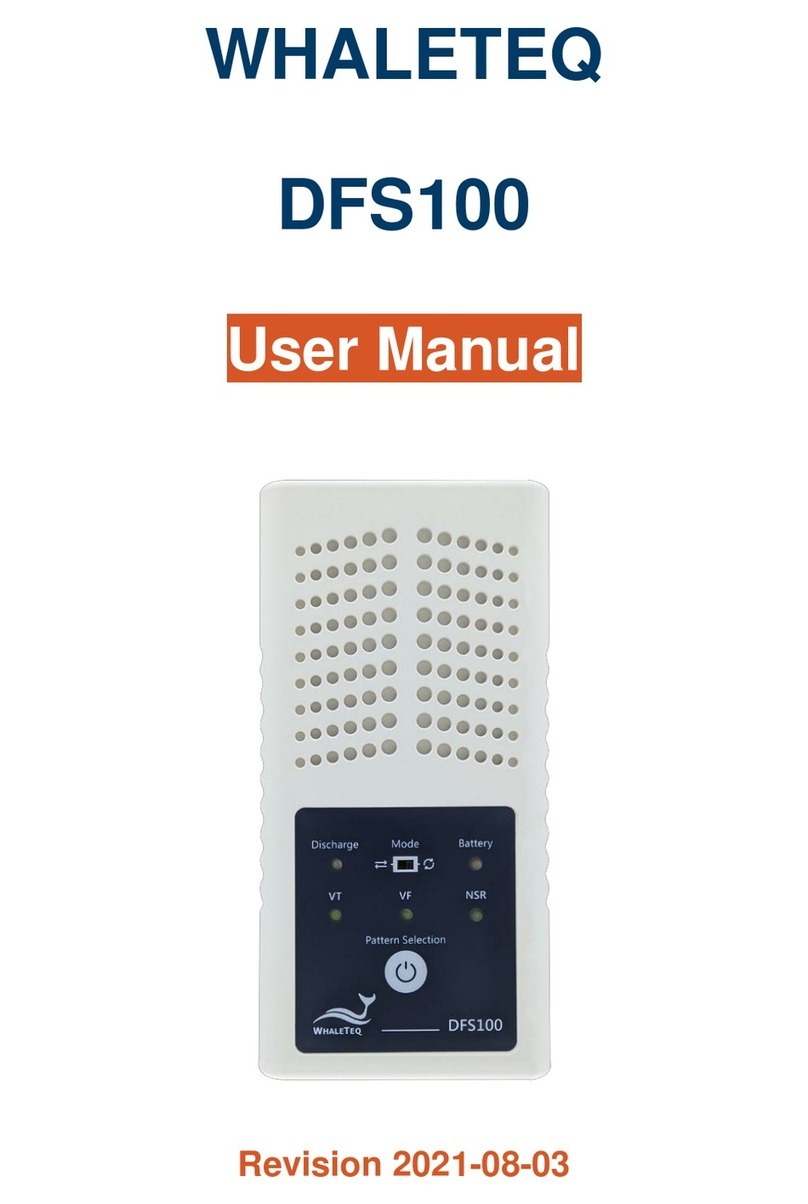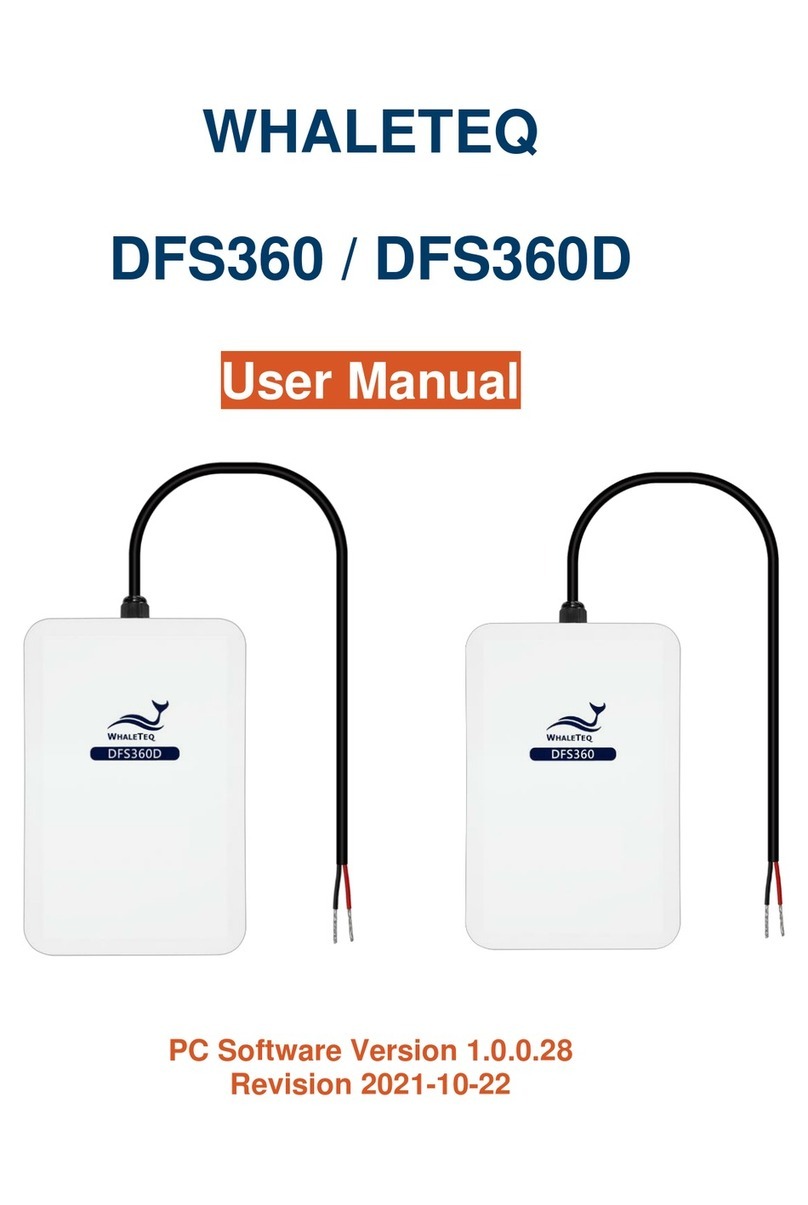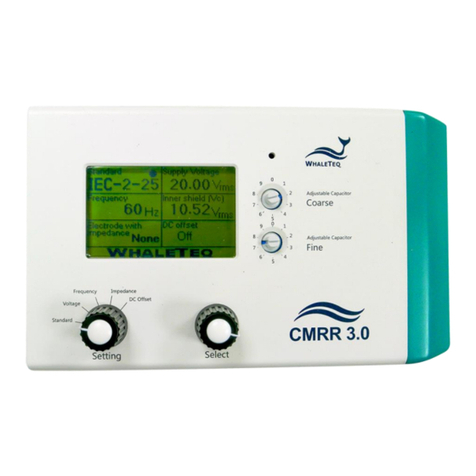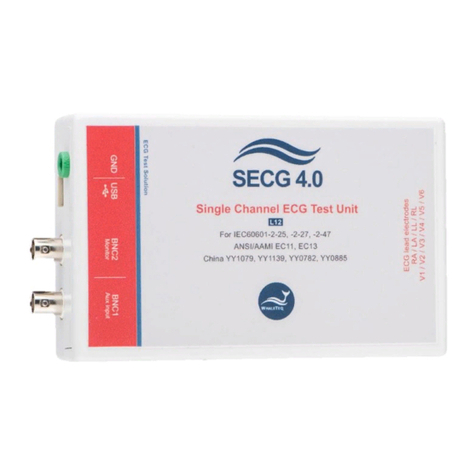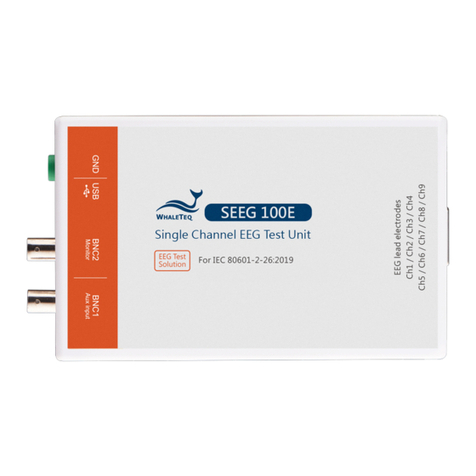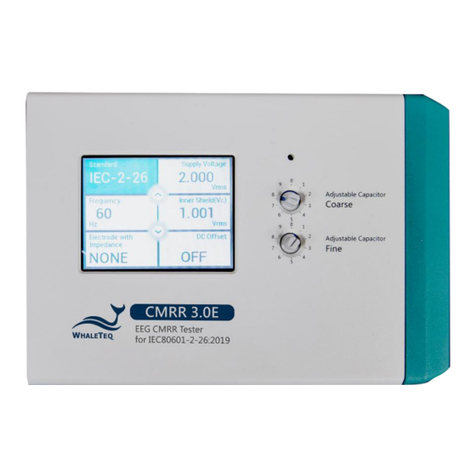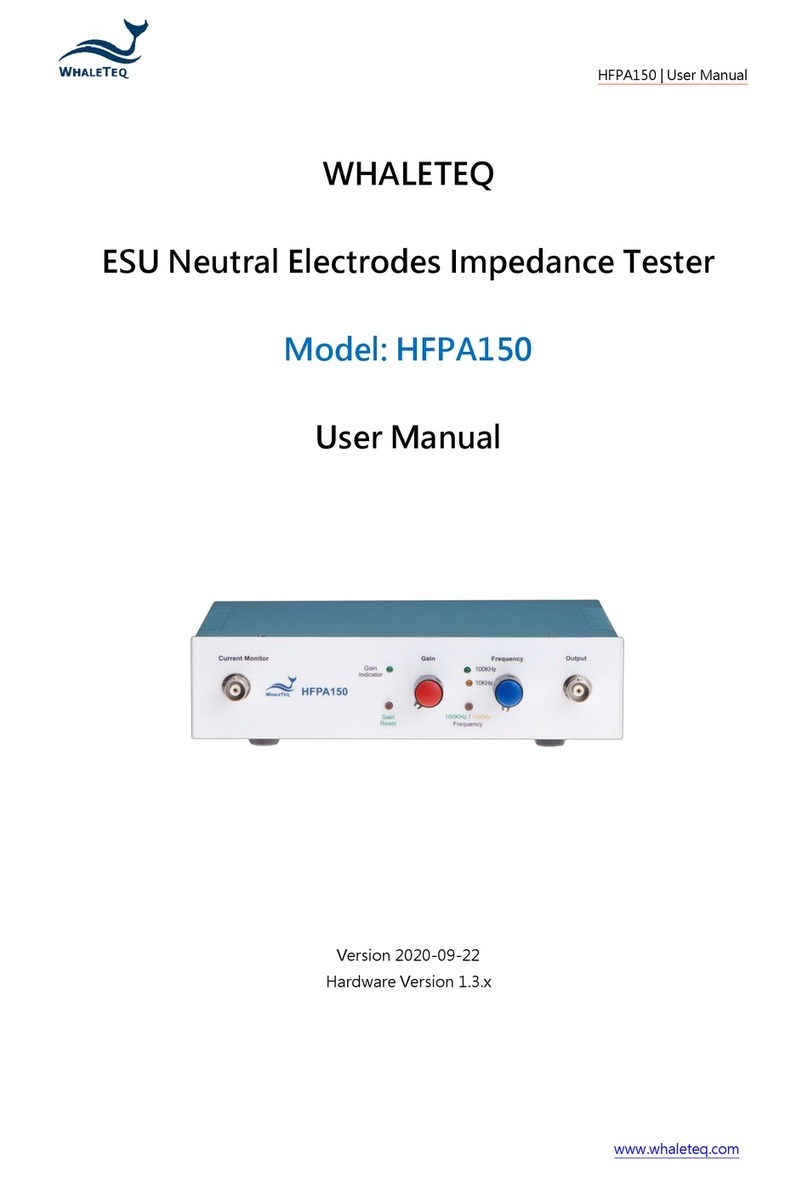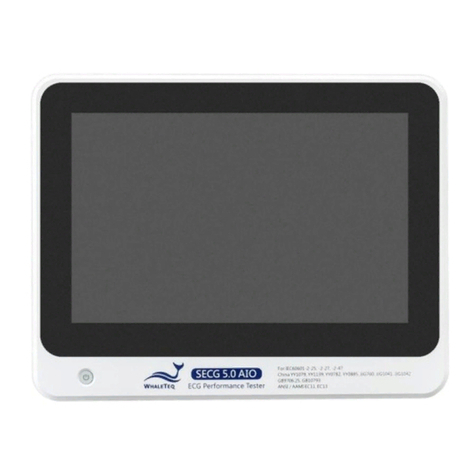5
Principle of the CMRR test
5.1
Common mode rejection ratio explained
A perfect device measuring a differential voltage should not respond to the level of common
mode voltage which appears at both inputs. For example, a multimeter where the plus terminal is
+100.017V and the minus terminal is +100.001V should theoretically indicate measured voltage
of 16mV.
In practice, due to slight differences in resistances used in differential amplifiers, some of the
common mode voltage will come through as an error. The common mode rejection ratio or
CMRR indicates the ability of the equipment to reject these common mode voltages.
A scale of dB is normally used as the ratio can range from as low as 100 up to 100,000 (40dB to
100dB). A CMRR of 60dB indicates a ratio of 1000, and means that common mode voltages will
be reduce by a factor of 1000. In the example given, equipment with a CMRR of 60dB would
have the common voltage (+100V) reduced to 10mV, still a significant error relative to the
differential voltage of 16mV. In practice the common mode voltage is usually not more than 10
times the differential voltage, so a CMRR of 60dB would only result in a 0.1% error.
The most common source of common mode noise is mains voltages, i.e. 50/60Hz. Thus, CMRR
in meters is usually specified at these frequencies. But it is important to note that CMRR varies
with frequency.
Common mode rejection also varies with the impedance of the source, or more specifically the
impedance imbalance, as the imbalance also upsets the measurement circuit. CMRR for
multimeters is typically specified with a 1kΩ imbalance.
5.2
Common mode rejection in ECG equipment
ECG equipment can be subjected to a fairly high common mode voltage from mains noise
(50/60Hz), and can have a much higher impedance imbalance. The test in the standard
simulates 10Vrms, with an imbalance of 51kΩ//47nF, and allows an indication equivalent to
0.35mVrms (1mVpp). This requires ECG equipment to have a relatively large CMRR of 89dB1.
In practice, ECG equipment handles this large CMRR in five ways:
-Intentional capacitance between the patient circuit and earth, small enough not to cause
leakage current problems, but large enough to load the source, and reduce the voltage
by 50% or more. This is the reason for the 100pF in the testcircuit.
-“Right leg drive”: this is similar to noise reducing headphones, where the “noise” is
sensed on measurement leads (e.g. RA, LA, LL), inverted and then returned via the RL/N
lead electrode. Also referred to a noise cancellation.
-Patient isolation barrier, which reduces the impact of the common modevoltage
-High CMRR input op amps, to handle the residual common modevoltage
-Finally, filtering can be used to remove residual common mode mains noise
While filtering is often used in practice, it is reasonable to confirm that the hardware features can
provide sufficient CMRR without filtering. This ensures that distortion of the signal will not occur.
For this reason, mains notch filtering (ac filter) must be turned off for the test even if it requires
special software to do so. This is one point where the IEC standard differs from US and other
standards.
1This value can be calculated from 20 log10 (10V / 0.35mV)
9
